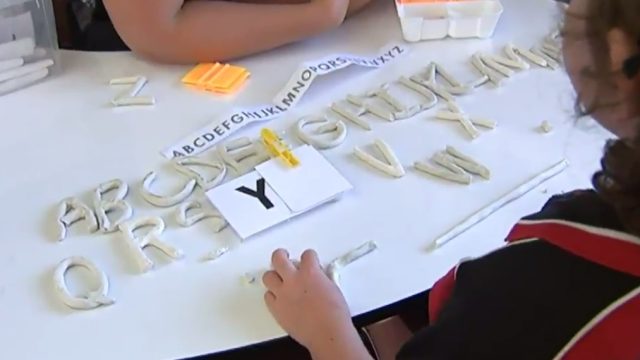Finding the Invisible Dyslexic

Sometimes the symptoms of dyslexia are obvious, sometimes not. There is a huge population whom I refer to as “the invisible ones”. They are the people who get by, are able to read and write, get reasonable grades, and kind of just float around. I happen to be one of them.
Some of my old report cards provide glimpses of a student who showed promise but was eventually categorized as being average non-university material. I eventually proved “them” wrong and went to university but I could never cut an A grade. I just sat in my Bs and Cs and graduated. I also found that multiple-choice exams were difficult for me, so avoided courses that were structured around them.
One of my clients had a goal to get As in school to ensure he’d get into engineering like his parents. His parents recognized the importance of this and knew the likelihood was slim considering his grades averaged in the Bs. For those struggling this would be a dream but for this person, he knew what it took to take on this level of education. He completed the Davis Dyslexia Correction Program and last I heard, met his goals.
Many people with dyslexia do not always follow the format of being “disabled”. There are many reasons for this outlined in the book, The Gift of Dyslexia, by Ronald D. Davis. One is the level of disorientation an individual has and their response to the mistakes, or in other words compulsive solutions. There are many such solutions that vary as much as the symptoms of dyslexia. And while some of these appear to solve a problem, they actually are responsible for the disability side of dyslexia becoming more visible. This explains why all of a sudden it is reported in grade 7, for example, that your child is struggling when in previous years they were doing ok. The compulsive solutions no longer work!
Some of these compulsive solutions may include :
1: Singing the alphabet song
2: Heavy concentration
3: Get others to do things for them
4: Avoidance of tasks
5: Class clown / extreme shyness
6: Unusual postures/movements
7: Memorization
The Davis Learning Strategies provides in-class methods for all children. While it helps the obvious dyslexic learn, it fills in the gap for many who are passing the grade but not excelling. It fits neatly into regular classroom instruction, provides focusing techniques for all (and who doesn’t need that), and addresses and introduces language in a way suitable for all learners. It promotes inclusivity and embraces and accepts all types of thinkers. It provides techniques to help you become the best you can be. What a marvelous way to provide a safe academic environment for all children!









